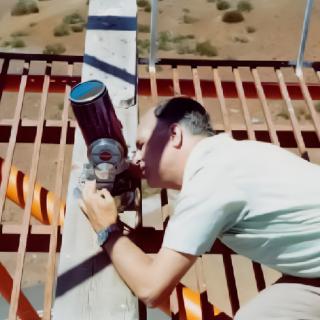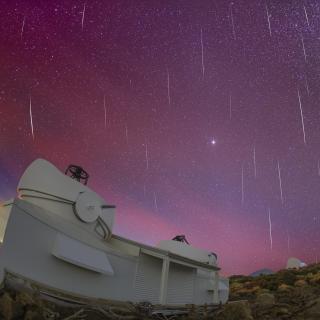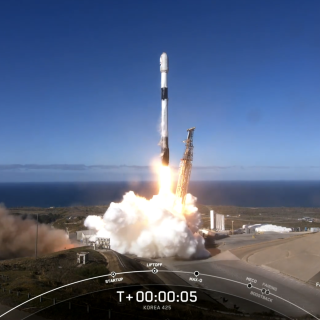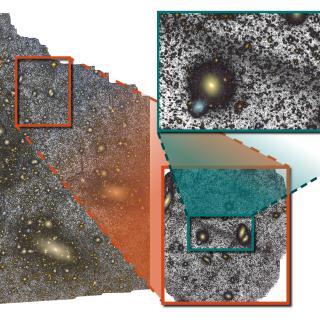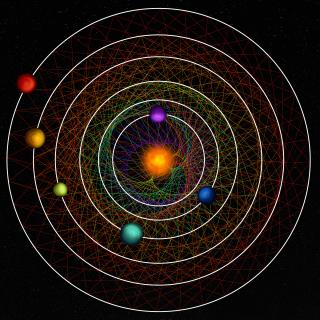
Antonia Varela Pérez has been appointed by the Cabildo of Tenerife, at the proposal of the Instituto de Astrofísica de Canarias (IAC), as the new director of the Museum of Science and the Cosmos. Varela will take over from Héctor Socas Navarro, also a researcher at the IAC, who has been in charge of the Museum since 2019. Varela is a researcher at the IAC and a member of the IAC's Sky Quality Group for the Characterisation of the Canary Observatories and the Starburst Formation Group. She is also managing director of the Starlight Foundation and president of BPW Canarias, as well as a PhD in
